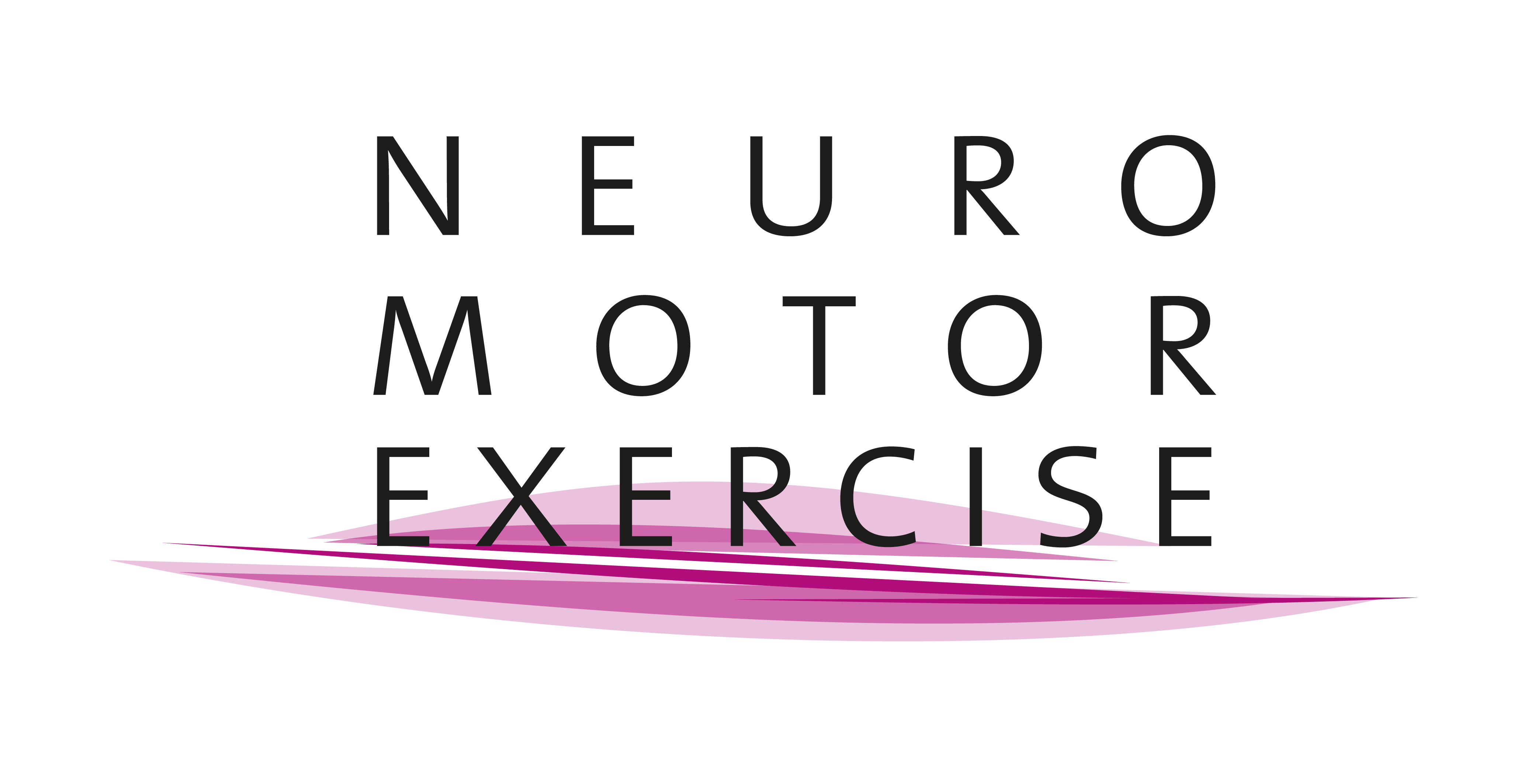Adjustment in Study Design

As part of our research project to develop vibrating socks for people with Parkinson’s disease, we have made an important methodological change: In the future, our measurements will no longer be conducted in the so-called OFF state – that is, after a medication-free period of around twelve hours – but in the ON state, in which participants have taken their regular Parkinson’s medication.
This decision was carefully considered and is based on various factors, including the practical feasibility of the study and the significance and applicability of the collected data. Our goal is to align the study conditions more closely with the needs of participants and with real-life application contexts.
In Parkinson’s research, a distinction is often made between the ON and OFF states – and both have their scientific relevance, depending on the specific study objective.
The OFF state reveals Parkinson’s symptoms more clearly, making it especially useful in research settings. Since freezing of gait is often difficult to provoke in a lab environment, the OFF state increases the likelihood of observing such symptoms. This makes it a valuable condition for testing the sensitivity of new drugs, therapies, or technologies. It can also help to highlight differences between patient groups more distinctly.
Measurements in the ON state, on the other hand, show how well someone manages their everyday life under medication – making them particularly suitable when focusing on the practical application of a treatment or intervention. It reflects the more realistic daily situation in which patients take their medication regularly.
Both perspectives are important. In our project, we are now shifting our focus more strongly toward the ON state, since we aim to develop an assistive device intended for daily use – under realistic conditions, with regular medication.
Reducing Burden, Making Participation Easier
Previously, OFF state measurements required participants to skip their Parkinson’s medication overnight and until testing. This often led to pronounced motor limitations, instability when walking, and a higher risk of falls. Traveling to the study site and completing motor tasks – such as walking on a treadmill – could be physically and mentally demanding for many participants.
By switching to the ON state, we are creating more participant-friendly conditions. The testing environment becomes safer, more comfortable, and more manageable – especially for older or more affected individuals. Our goal is to make participation as accessible and low-stress as possible, without compromising scientific validity.
A core aim of our project is to develop a technology that works reliably in the real-world environments of people with Parkinson’s disease. This goes beyond technical effectiveness: the solution must also be practically usable in daily life. Can the vibrating socks noticeably improve mobility in everyday situations?
Since people with Parkinson’s disease generally take their medication regularly, the ON state offers a more realistic reference frame for the future use of the socks.
By adapting our study design to this everyday context, the results become more relevant to actual life. This allows us to better assess how the vibration stimulation works within the framework of standard medication – and what specific benefits it may bring to everyday mobility.
If you have any questions or would like to participate in the study, feel free to contact us. We look forward to hearing from you and are happy to provide further information at any time – by email at parkinson@uni-muenster.de or by phone at +49 251 83 – 32426. Our team also speaks English.


